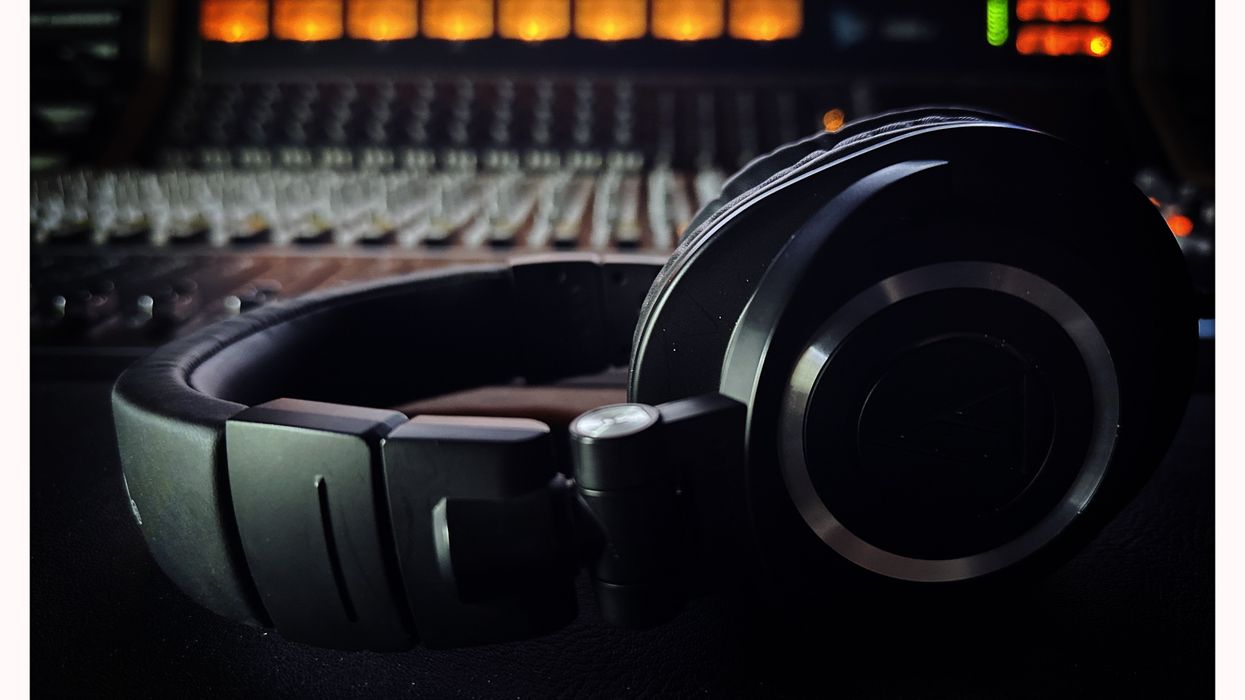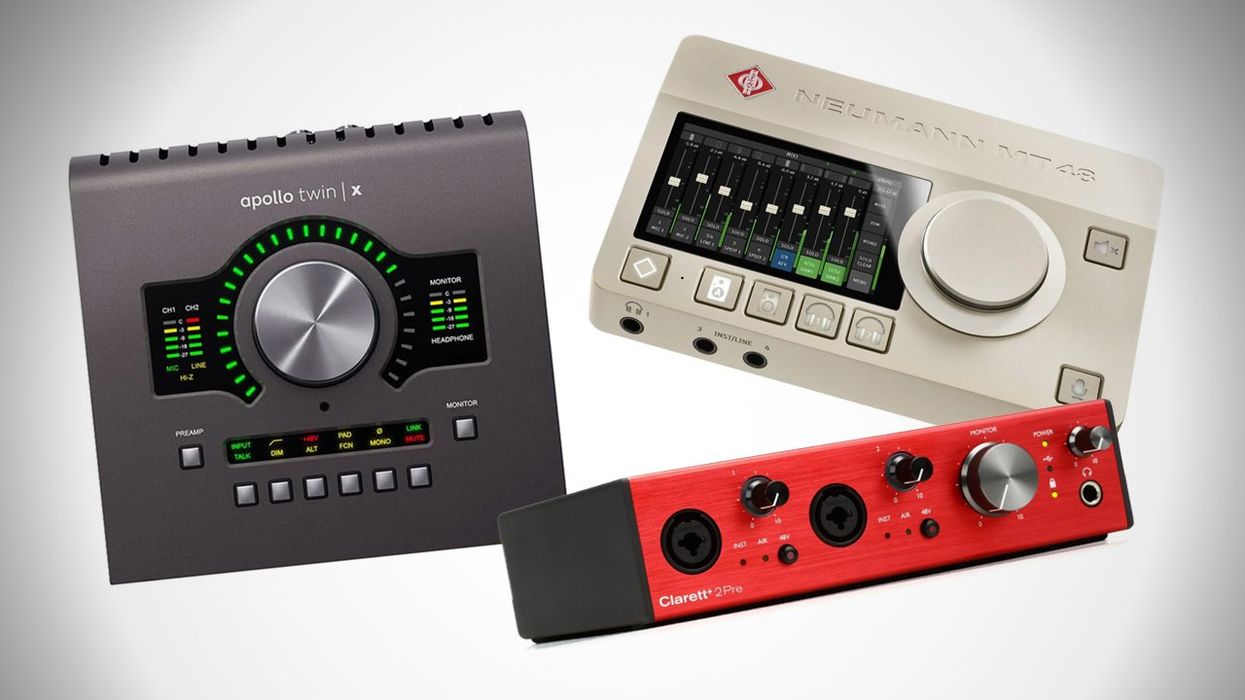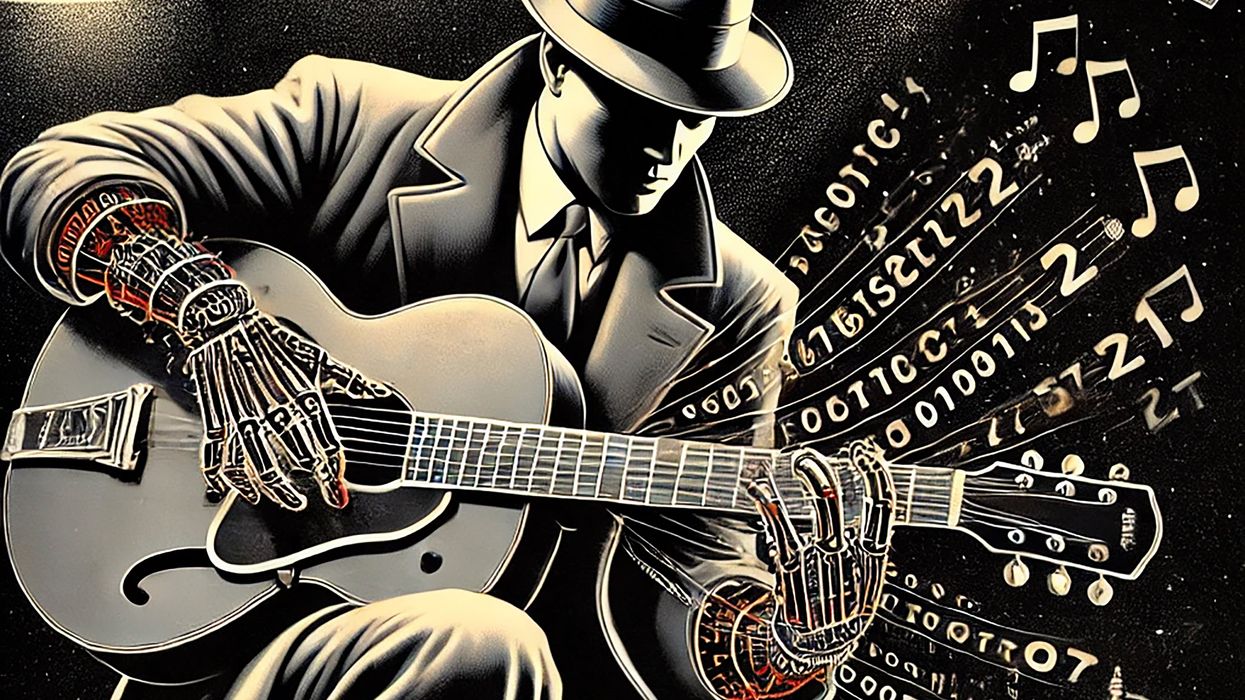Welcome back friends. This time I’d like to show you how to really take advantage of using aux busses in your mixes to bring your music to a new level. Last month, I explained the benefits of using VCAs to make top-level, final volume adjustments to mixes that are already super-polished and just need that extra bit of attention to detail. But what about when you’re waist deep in the mixing process and really need to start bringing it together? Aux busses are the answer. If you’re not using them in your workflow, you’re really missing out on a vital mixing technique and (likely) wasting valuable CPU/RAM resources by redundantly instantiating the same plug-ins on individual tracks.
So, what is an aux bus? I’d like to parse out the two terms individually for greater clarity. Luckily, it’s going to be much simpler than parsing long German words like “bezirksschornsteinfegermeister,” which kind of translates to “head district chimney sweep” (30 letters long and by no way the longest in the language).
A “bus” is most often defined as an audio sub-group that sums (combines) assigned audio sources into a single dedicated channel and fader—like your stereo mix bus that combines the outputs of all tracks. For example, you might want to combine (bus) all your rhythm guitars together onto one stereo channel for greater control.
The term “aux” describes another audio path that is auxiliary to the main path. Most of the time, these are aux sends and returns used for effects or a new track with audio sources that have been already bussed there for sub-mixing.
Having more collective options outside of individual tracks can really make your mixes feel and sound cohesive.”
The lines between “aux” and “bus” are further blurred because DAW programs treat this function differently. For example, in LUNA (Universal Audio’s DAW), you create a new “bus” (shift + cmd + N) which instantiates a new channel to which you will route the outputs of any desired tracks. Using the same key commands (shift + cmd + N) in Pro Tools, does the same function, but this time you’re creating an “aux input.” Other DAWs have different ways and names to achieve the same result as well. Be sure to read the help guides for your DAW on this subject.
Now, I want to focus on the efficiency of combining tracks that can benefit from being processed via a single channel (an aux send) or by being summed together for ease of mixing. There are two widely used ways to do this. Let me show you how.
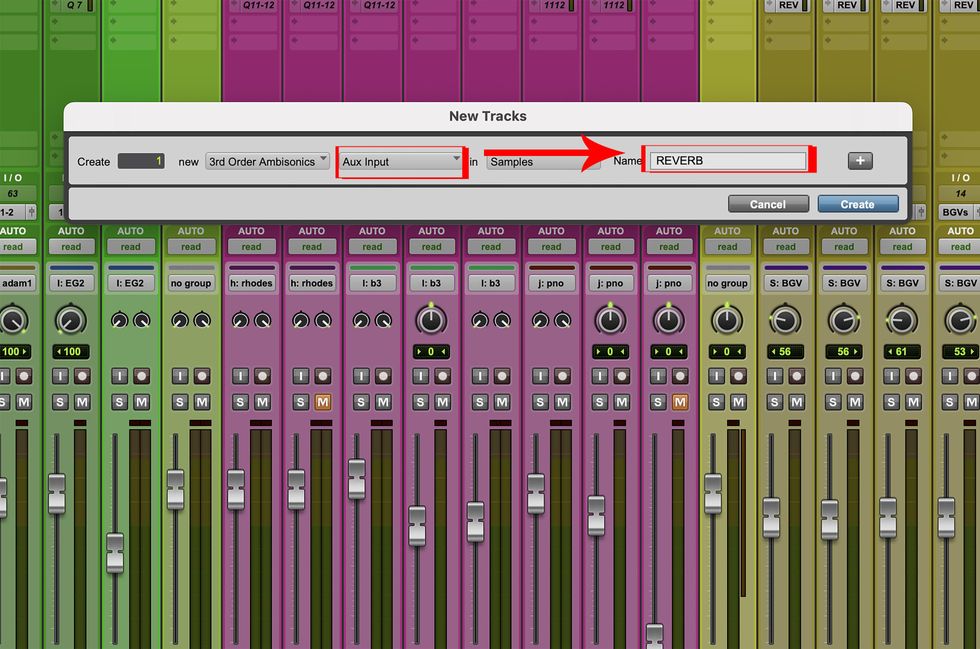
Fig. 1
Effects Bus via Aux Send: One way to cut down on CPU-hungry plug-ins and make your tracks feel more unified is to create an aux send and place a particular type of effect on it. Let’s use reverb for example. In Fig.1, I’ve created a reverb bus where I can route various tracks in the mix. It could be a piano, snare drum, lead guitar solo, and the main vocal.
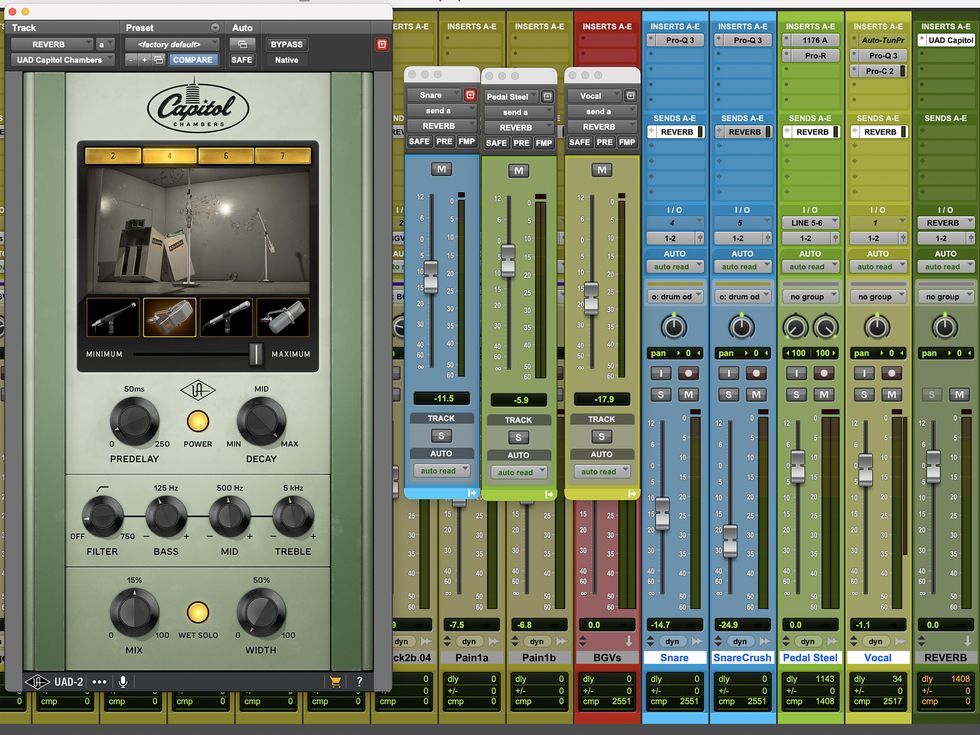
Fig. 2
All of these tracks’ outputs are routed to the reverb bus, and I can control the amount of reverb (either pre or post fader) by the send level within each individual track. Notice how my send levels are different for every track, and they are pre-fader [Fig.2]. In this situation, I am deciding how much signal is sent to the reverb for each track.
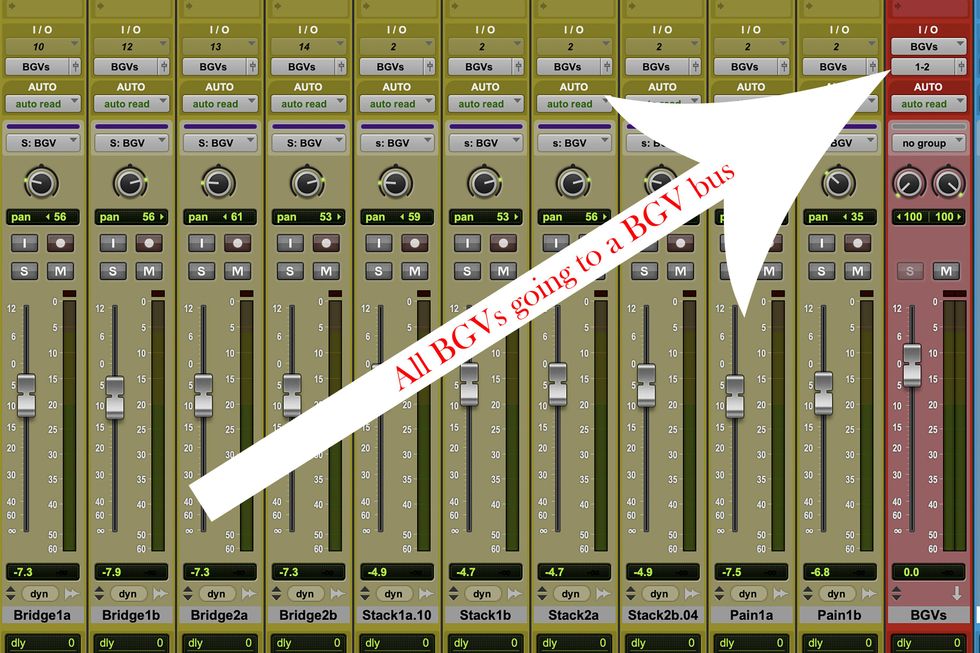
Fig. 3
Effects Bus: Another way of using a bus is to group multiple tracks to be processed together—background vocals and horn sections are great for this. In this case, you can create a new bus, route the chosen tracks to it [Fig.3], and apply effects that are more tailored to gluing the individual tracks into one larger, consistent sound by using a common EQ, compression, and anything else you deem worthy.
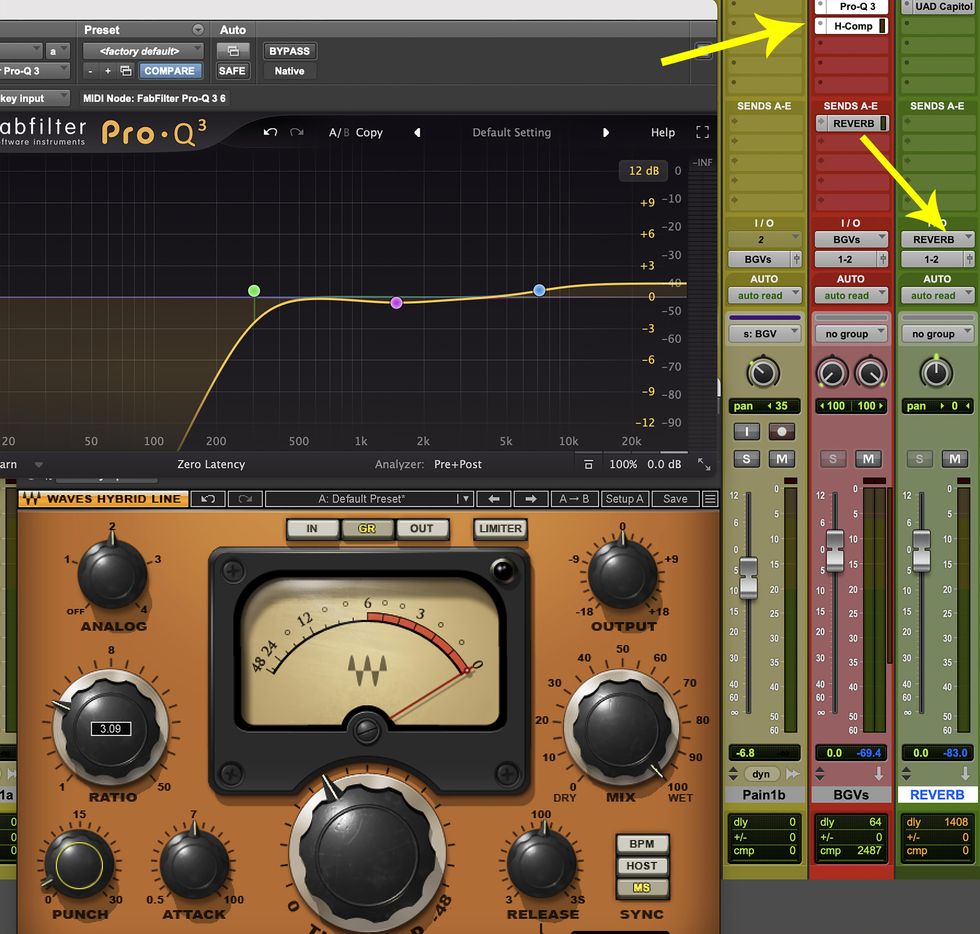
Fig. 4
When I do this with background vocals (BGVs), I typically use more compression and thin out the bottom end of the grouped singers so my main vocal will still sound rich and full-bodied. As a bonus, you can also place an aux send on this bus [Fig.4], route that output to our reverb bus as well, and adjust its level accordingly.
It’s not uncommon for me to set up four to five stereo busses on a typical mix (three different reverbs, an interesting delay or two). I may not use them all, but having more collective options outside of individual tracks can really make your mixes feel and sound cohesive.
If you have questions or suggestions, you can reach me at recordingdojo@premierguitar.com. Until next time, namaste.


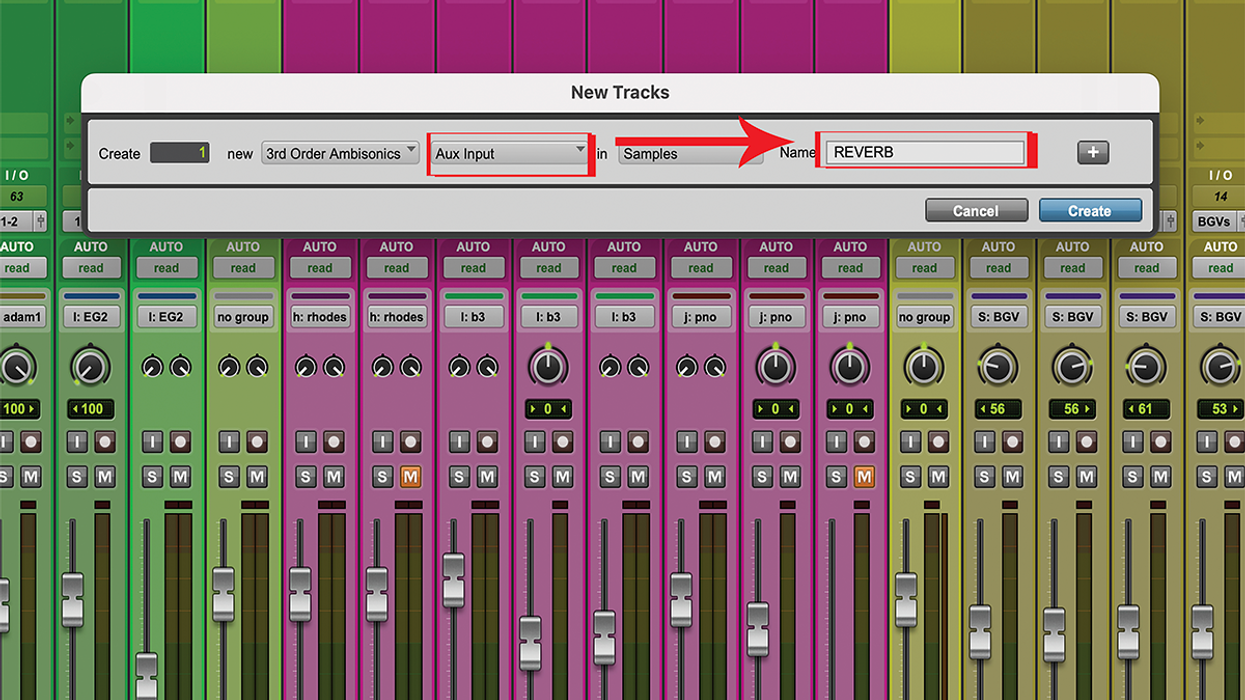

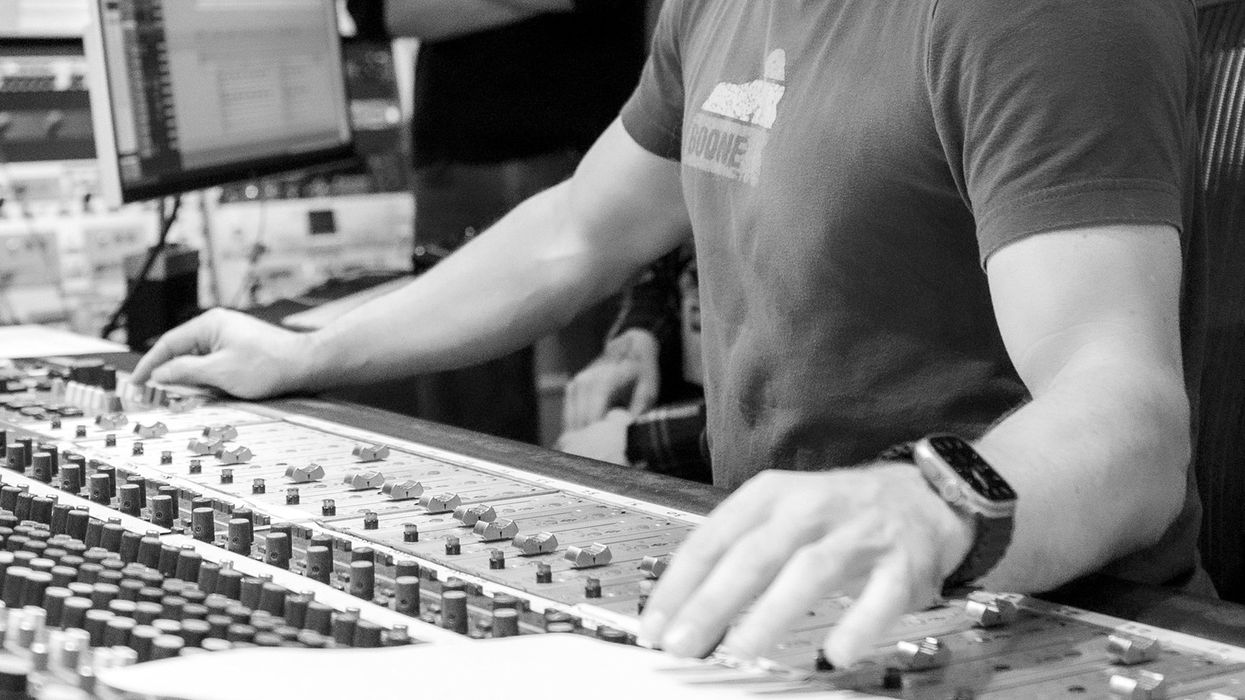
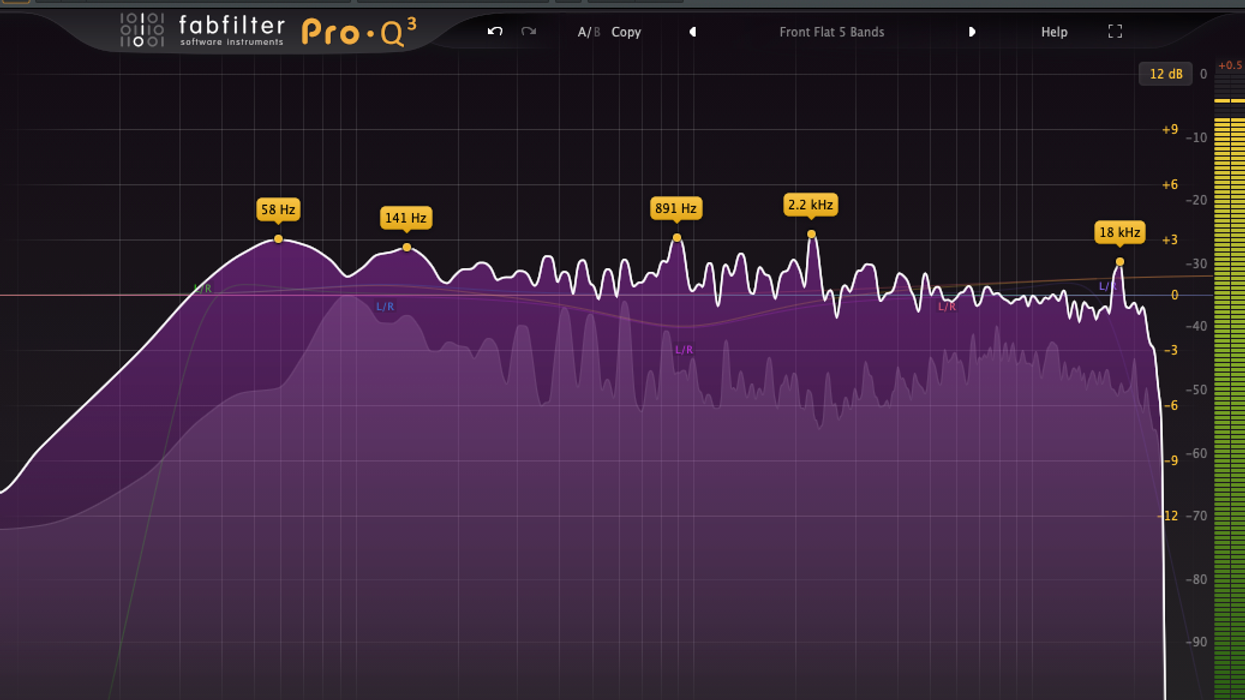






![Rig Rundown: Russian Circles’ Mike Sullivan [2025]](https://www.premierguitar.com/media-library/youtube.jpg?id=62303631&width=1245&height=700&quality=70&coordinates=0%2C0%2C0%2C0)
